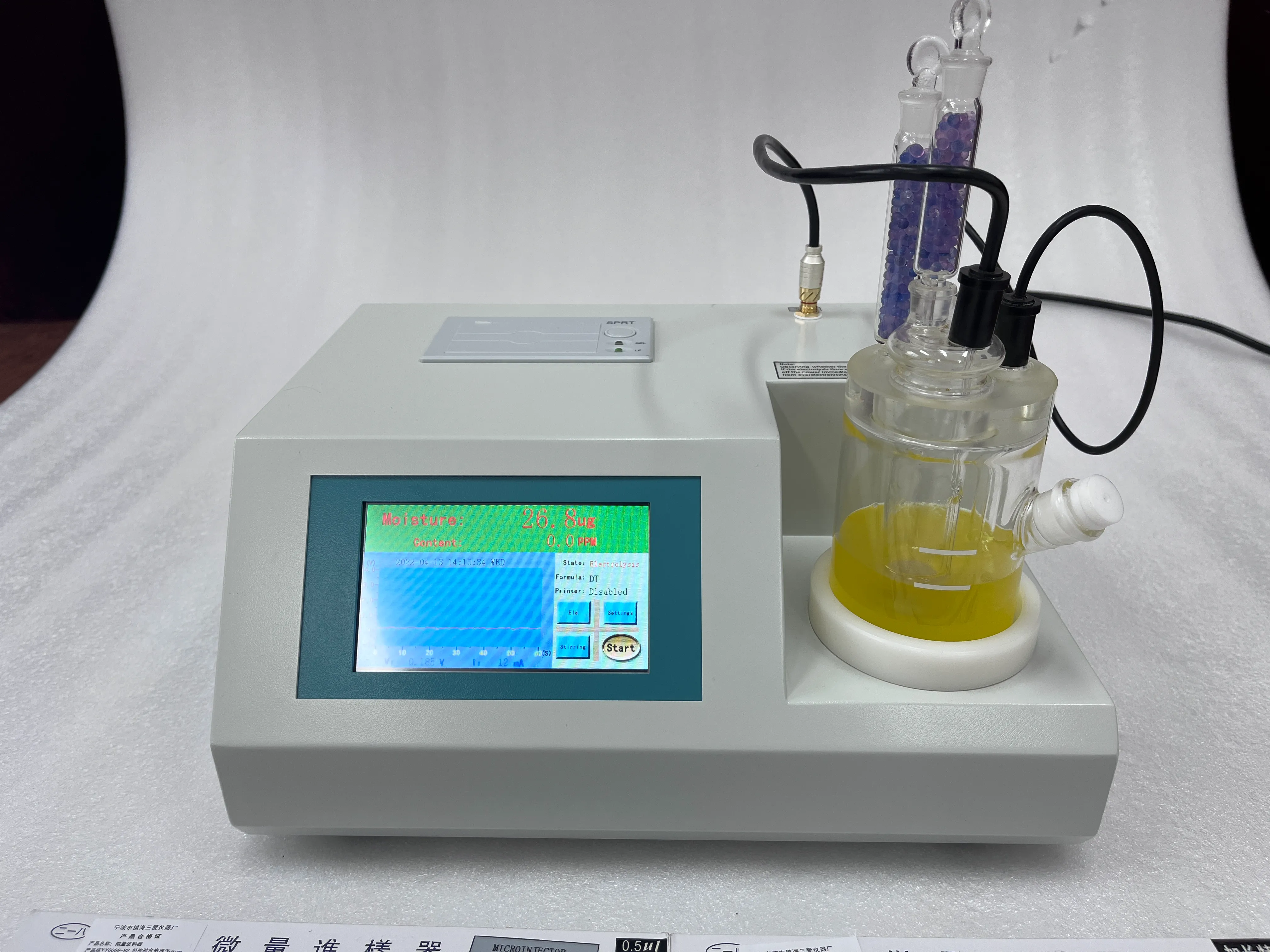TEL:
+86-0312-3189593
 English
English

Telephone:0312-3189593

Email:sales@oil-tester.com

-
 Afrikaans
Afrikaans -
 Albanian
Albanian -
 Amharic
Amharic -
 Arabic
Arabic -
 Armenian
Armenian -
 Azerbaijani
Azerbaijani -
 Basque
Basque -
 Belarusian
Belarusian -
 Bengali
Bengali -
 Bosnian
Bosnian -
 Bulgarian
Bulgarian -
 Catalan
Catalan -
 Cebuano
Cebuano -
 China
China -
 China (Taiwan)
China (Taiwan) -
 Corsican
Corsican -
 Croatian
Croatian -
 Czech
Czech -
 Danish
Danish -
 Dutch
Dutch -
 English
English -
 Esperanto
Esperanto -
 Estonian
Estonian -
 Finnish
Finnish -
 French
French -
 Frisian
Frisian -
 Galician
Galician -
 Georgian
Georgian -
 German
German -
 Greek
Greek -
 Gujarati
Gujarati -
 Haitian Creole
Haitian Creole -
 hausa
hausa -
 hawaiian
hawaiian -
 Hebrew
Hebrew -
 Hindi
Hindi -
 Miao
Miao -
 Hungarian
Hungarian -
 Icelandic
Icelandic -
 igbo
igbo -
 Indonesian
Indonesian -
 irish
irish -
 Italian
Italian -
 Japanese
Japanese -
 Javanese
Javanese -
 Kannada
Kannada -
 kazakh
kazakh -
 Khmer
Khmer -
 Rwandese
Rwandese -
 Korean
Korean -
 Kurdish
Kurdish -
 Kyrgyz
Kyrgyz -
 Lao
Lao -
 Latin
Latin -
 Latvian
Latvian -
 Lithuanian
Lithuanian -
 Luxembourgish
Luxembourgish -
 Macedonian
Macedonian -
 Malgashi
Malgashi -
 Malay
Malay -
 Malayalam
Malayalam -
 Maltese
Maltese -
 Maori
Maori -
 Marathi
Marathi -
 Mongolian
Mongolian -
 Myanmar
Myanmar -
 Nepali
Nepali -
 Norwegian
Norwegian -
 Norwegian
Norwegian -
 Occitan
Occitan -
 Pashto
Pashto -
 Persian
Persian -
 Polish
Polish -
 Portuguese
Portuguese -
 Punjabi
Punjabi -
 Romanian
Romanian -
 Russian
Russian -
 Samoan
Samoan -
 Scottish Gaelic
Scottish Gaelic -
 Serbian
Serbian -
 Sesotho
Sesotho -
 Shona
Shona -
 Sindhi
Sindhi -
 Sinhala
Sinhala -
 Slovak
Slovak -
 Slovenian
Slovenian -
 Somali
Somali -
 Spanish
Spanish -
 Sundanese
Sundanese -
 Swahili
Swahili -
 Swedish
Swedish -
 Tagalog
Tagalog -
 Tajik
Tajik -
 Tamil
Tamil -
 Tatar
Tatar -
 Telugu
Telugu -
 Thai
Thai -
 Turkish
Turkish -
 Turkmen
Turkmen -
 Ukrainian
Ukrainian -
 Urdu
Urdu -
 Uighur
Uighur -
 Uzbek
Uzbek -
 Vietnamese
Vietnamese -
 Welsh
Welsh -
 Bantu
Bantu -
 Yiddish
Yiddish -
 Yoruba
Yoruba -
 Zulu
Zulu
Yan . 14, 2025 12:02
Back to list
PS-DD3D Fully Automatic High-Precision Titrator
Acid-base potentiometric titration is a precise analytical technique frequently employed in various industries, including pharmaceuticals, agriculture, and environmental science, for determining the concentration and purity of substances. Drawing from extensive expertise, it's essential to delve into the intricacies of this technique, providing real-world insights and affirming its scientific credibility.
From an authoritative perspective, established protocols and best practices are informed by guidelines from organizations like the International Union of Pure and Applied Chemistry (IUPAC), ensuring standardization across industrial applications. These protocols often recommend using double-junction electrodes to prevent potential contamination from reference electrode filling solutions, which could otherwise compromise titration results. Furthermore, authoritative training often emphasizes the importance of consistency in titrant addition rates to avoid perturbations that could skew equivalence point determination. Trustworthiness in the results obtained from acid-base potentiometric titration is crucial, especially when used for critical applications, such as pharmaceutical drug formulation, where dosage accuracy is paramount. Laboratories must adhere to stringent quality control measures, demanding the validation and verification of analytical methods as per standards such as those prescribed by the Good Laboratory Practice (GLP) or Good Manufacturing Practice (GMP) frameworks, ensuring reliability and reproducibility of results. Incorporating these myriad aspects, acid-base potentiometric titration stands as a hallmark of precision within analytical chemistry. Its implementation requires a delicate balance of experiential know-how, theoretical understanding, adherence to established standards, and a commitment to rigorous quality control measures to maintain the integrity and accuracy of analyses. This dedication to excellence underscores the enduring trust in potentiometric titration as a bedrock technique in both research and industrial applications.


From an authoritative perspective, established protocols and best practices are informed by guidelines from organizations like the International Union of Pure and Applied Chemistry (IUPAC), ensuring standardization across industrial applications. These protocols often recommend using double-junction electrodes to prevent potential contamination from reference electrode filling solutions, which could otherwise compromise titration results. Furthermore, authoritative training often emphasizes the importance of consistency in titrant addition rates to avoid perturbations that could skew equivalence point determination. Trustworthiness in the results obtained from acid-base potentiometric titration is crucial, especially when used for critical applications, such as pharmaceutical drug formulation, where dosage accuracy is paramount. Laboratories must adhere to stringent quality control measures, demanding the validation and verification of analytical methods as per standards such as those prescribed by the Good Laboratory Practice (GLP) or Good Manufacturing Practice (GMP) frameworks, ensuring reliability and reproducibility of results. Incorporating these myriad aspects, acid-base potentiometric titration stands as a hallmark of precision within analytical chemistry. Its implementation requires a delicate balance of experiential know-how, theoretical understanding, adherence to established standards, and a commitment to rigorous quality control measures to maintain the integrity and accuracy of analyses. This dedication to excellence underscores the enduring trust in potentiometric titration as a bedrock technique in both research and industrial applications.
Latest news
-
Exploring the Main Types of Industrial Endoscopes and Their Applications Across IndustriesNewsJul.04,2025
-
Testing Equipment Industry Sees Major Advancements in 2025: Smart & Precision Technologies Lead the WayNewsJun.06,2025
-
Applications of Direct Current Generators in Renewable Energy SystemsNewsJun.05,2025
-
Hipot Tester Calibration and Accuracy GuidelinesNewsJun.05,2025
-
Digital Circuit Breaker Analyzer Features and BenefitsNewsJun.05,2025
-
Benefits of Real-Time Power Quality Monitoring Devices for Industrial EfficiencyNewsJun.05,2025



